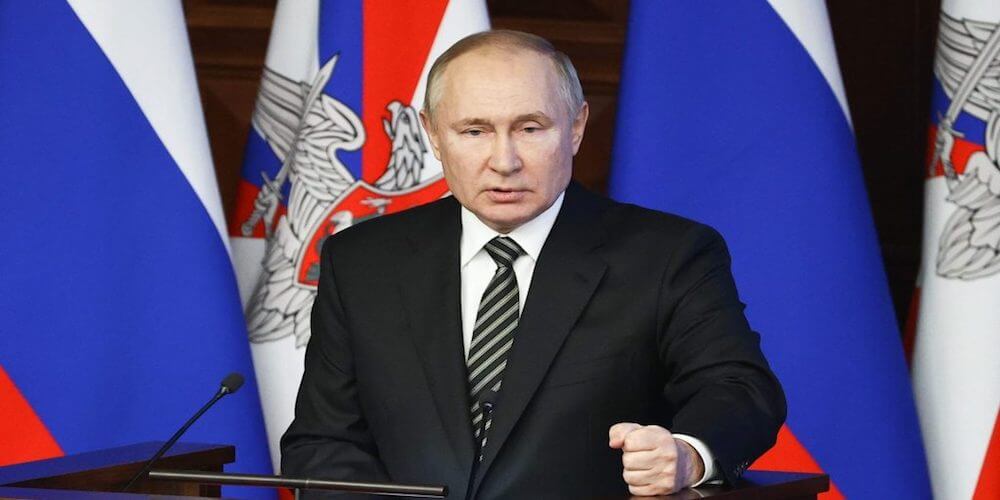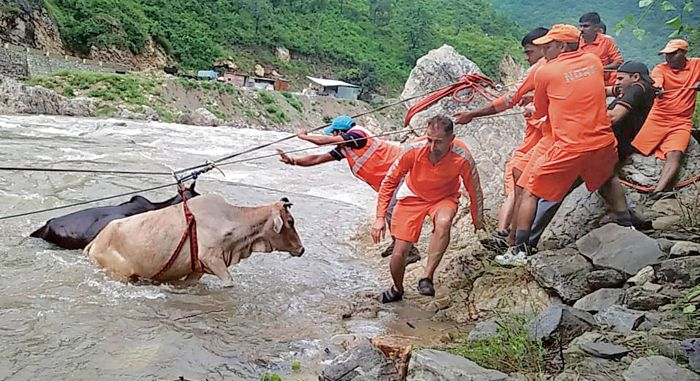Kashmiri Women For A Shared Future

Tehmeena Rizvi
ResearcherThe difficult Kashmir dynamics has tested the emotional resilience of women time and again. Women can do wonders if given a space and chance they deserve, says Tehmeena Rizvi
Kashmir has seen a major shift in its discourse since 1989. The issues related to development and gender equality are not being prioritized. Different sets of ideologies have put women in a state of confusion. Their views have been neglected, more often. Kashmiri women continue to carry the baggage. They have not been given the due pedestal they deserve.
The study of life of women in Kashmir or what they stand for is very crucial. Successive regimes have never focused on placing women at the center of the discourse and explore her position as a stakeholder. Needless to say that if given the support and chance, women can play an important role as peacebuilders in their communities in Kashmir.
Understanding women’s agency in the light of Kashmir conflict
Kashmir, as the rest of India (except a few north-eastern States or a few selected south Indian communities ), has been a deeply rooted patriarchal society. Women and issues related to their empowerment have rarely been discussed in the media, amongst political and diplomatic agenda. Not much has been done to mainstream the discourse of empowering women.
In due course of time, as a consequence of denying power to them, they are represented as “apolitical” entities. The possibility of women taking up leadership roles in this context seems improbable to say the least. Much has to change in terms of framing policies that focus on promoting women’s sense of individual agency and free will.
Locating the place of women in ongoing Kashmir dynamics plays a very important role as it gives us a better understanding as to where she can be empowered further. Kashmir has a tradition of protest politics in which women have been quite visible over the years. Women were actively involved in the first-ever series of mass protests in the post-accession period in 1963 for instance, where the issue of theft of the Holy Relic from the famous Hazratbal shrine in Srinagar was the trigger for the protests.
Over the years, they had been misled and consequently abused on the streets. They were forced to come out onto the roads and hold dharnas as part of Calendar politics by certain opportunist camps. They have been misguided to support the secessionist ideology too despite their intention remaining grounded in maintaining stability and campaigning for the same within their communities.
Swati Parashar believes that they have been instrumental in acting as a support group for militants. “They nursed and shielded militants, and carried messages and arms. As mothers they sang lullabies to their dead sons”, she continues, “showered their dead bodies with dried fruits and inspired the men in the family to take up arms against the Indian state. Younger women romanticized men in fatigues. Gun-wielding masculinity was embraced and legitimized by a society known for its Sufi values (Gender, Jihad, and Jingoism, Swati parashar 2011, 438).
Some fanatic gangs have compelled women to adopt certain dress codes to propagate their ideology. Even moral laws were dictated to them. Imposing a particular dress code irrespective of their comfort or liking is a radical approach.
Traditionally the veil was not part of the culture here. The pre-militancy period was truly liberating for women. Women-folk would equally contribute to agricultural activities in rural areas with men. No gender segregation or discrimination was witnessed. The veil was not part of the dress code.
Kashmiri women are expected to preserve ‘community honour’ and cultural integrity. It has restricted their role individually and collectively. They are at the receiving end. They have been suffering abuse and humiliation on a daily basis. Their opinion holds less or no water in decision making whether be it at offices or in their homes. They have been pushed to the extreme.
This second class citizenry treatment has led to poor mental health and trauma related issues in women. They are not able to speak on their own behalf or to defend their own contribution to society. There is no platform for women where they can come and discuss the crucial issues concerning them. Even the State Commission for Women was closed after the abrogation of Article 370. The state has deprived them of this power to access institutional support for their cause. This should not have happened.
Because of the absence of women in active leadership, aspiring girls equipped with strong leadership qualities don’t come forward. They don’t see any way forward. Have they been disappointed? Maybe. Yes. The deep rooted patriarchal influence makes society believe that women are not capable of being effective decision makers.
As Nyla Ali Khan points out, “In J&K, women have not yet found niches in the upper echelons of decision-making -political, religious or social. Asymmetrical gender hierarchies legitimized by the forceful dissemination of fundamentalist and militarized discourses portend the debasement and prostration of women”. (Islam, women and violence in Kashmir N.A Khan 2009, 123).
Possibilities of reviving women’s leading role in peace-making and peace-building in Kashmir
Kashmir has produced eminent personalities who shaped our communal and cultural ethos. The likes of Lal Ded, Habba Khatoon, and Ernimaal are unforgettable. These ladies are remembered and celebrated in Kashmir. However, there is a paucity of impactful contemporary voices. Women in Kashmir have failed to claim their own space to initiate gender-inclusive politics which is seen as a failure of the society. Women should have the right to claim their part in leadership and development.
The prospect of women in decision making roles is yet to be a tangible reality in the valley. However, there are few women stepping into different fields to take their place in active career roles. If trained adequately, these women can gradually negotiate their way into creatively dismantling and re-shaping different levels of existing structural violence. The difficult Kashmir dynamics has tested the emotional resilience of women time and again.
They have proved beyond doubt that despite the violence and damaging circumstances which the conflict has brought in, women have still retained their committed nonviolent approach to facing their fate, almost stoically. They have not only rebuilt communities in the wake of the conflict but have also held together the fragile emotional space for their conflict weary men folk. They can thus undoubtedly emerge as leaders with better decision making capacities in difficult times if supported tactically. Kashmiri women can become the medium to further the cause of dialogue amongst religions and regions in their facilitative role as peace leaders and peace keepers.
Moreover, because of this exercise a new direction can be given to political discourse which remains patriarchal. In this context, I quote UN resolution 1325, ‘the number of women at all decision making levels in conflict management and resolution’, increasing ‘the support for women’s peace building activities’, supporting ‘equal participation for women in peace negotiations at all levels’, and addressing ‘the specific protection needs of women in conflict situations’ and prosecuting ‘war crimes against women’ are highlighted as the imperatives for actual transformative change in security situation in any conflict region.
The Central and state Government should both come forward to address these concerns with appropriate policy decisions. The Governments have already taken some major intervention for empowerment of women in the valley but not enough has been done. The Central government, state government, Policy makers and NGOS should work together and seek solutions that ensure liberation and empowerment of the Women in Kashmir.
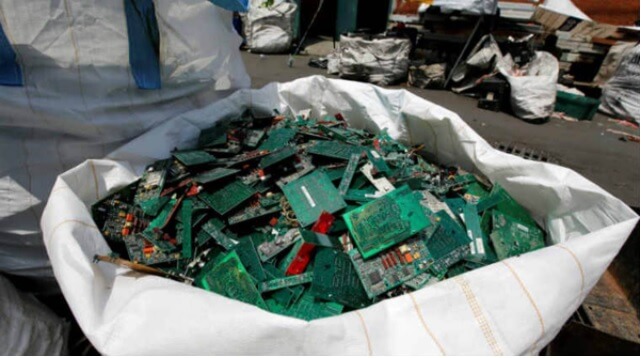

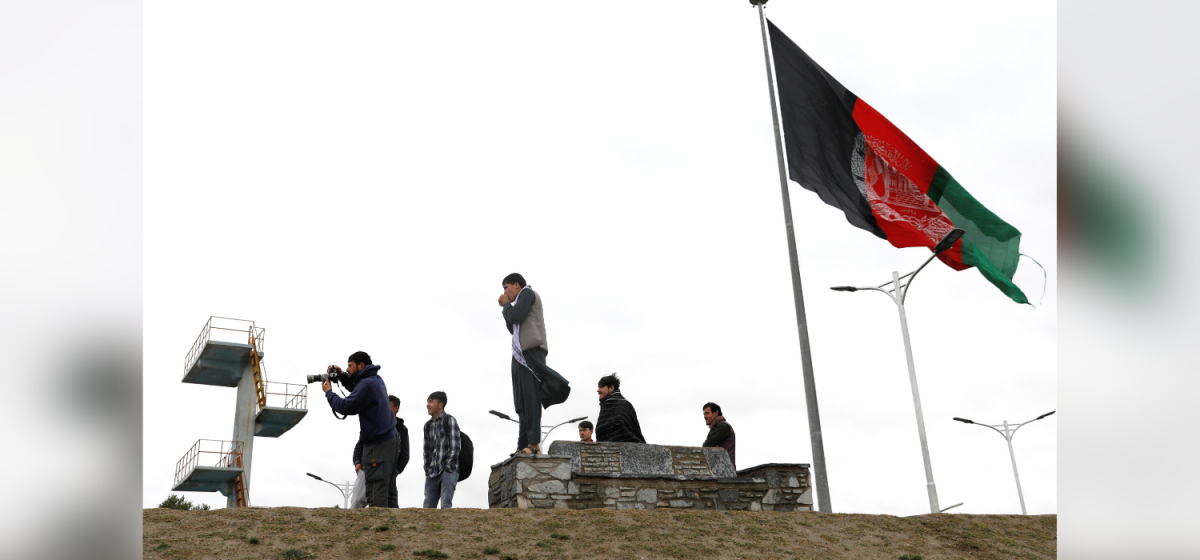
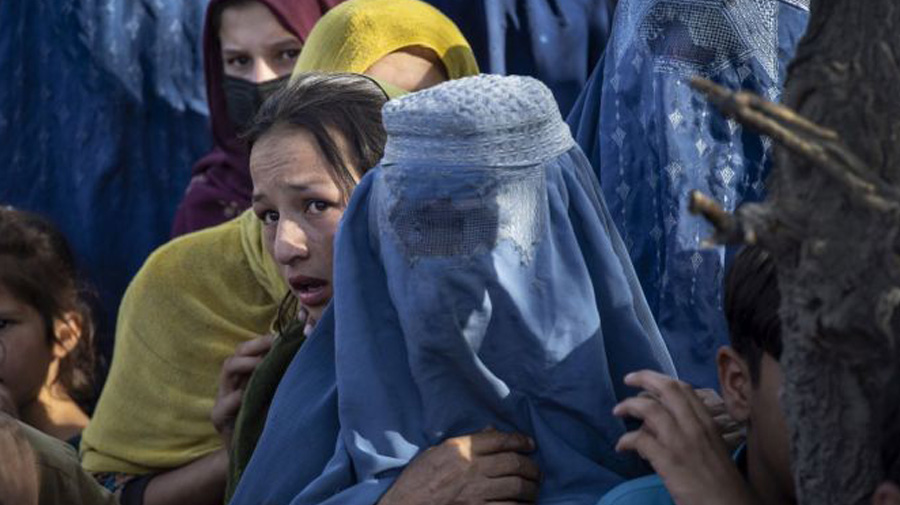

.jpg)
